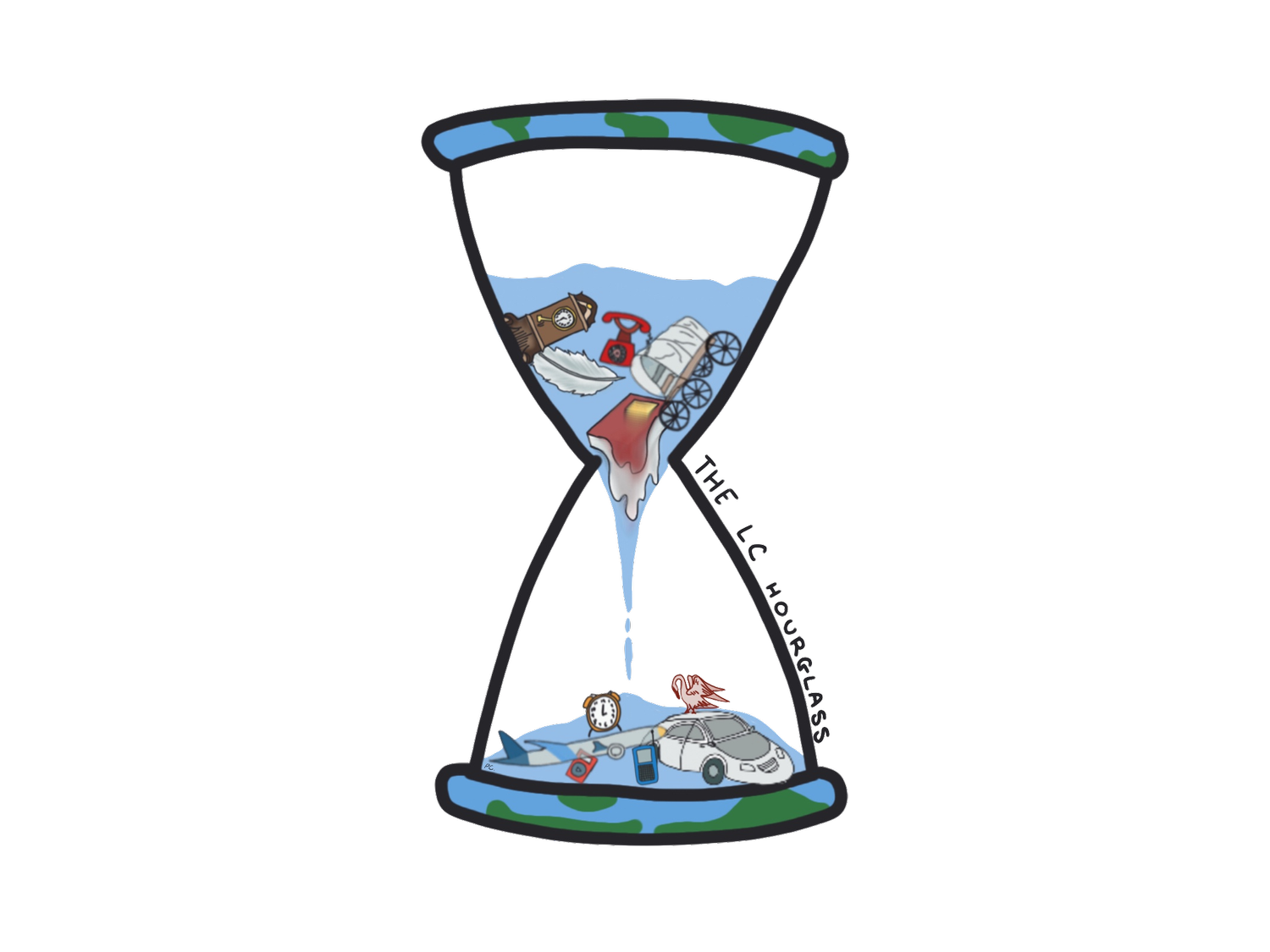A Brief History of Fast Food & Its Modern Identity Crisis
By Luke Han, 2025
In the modern, consumerist societies that most humans in the contemporary age live under, the world of cuisine has a ubiquitous presence in every nation–fast food. “Fast food” can simply be defined as foodstuffs, predominantly prepared with processed, preheated, or precooked, ingredients, produced with the intent of serving it as quickly as possible. With its current omnipresence in the food industry, generating over $500 billion globally every year, it can be easy to forget that fast food was once a revolutionary innovation in both the food and services industry, as well as the fact that its origins go much further back than the halcyon fast food titans like McDonalds or Subway. If one is to truly understand the negative impacts fast food currently imparts upon many across the world, one must also fully grasp its history, appeal, and reason for growth.
Under the established definition of fast food, there is a strong argument to be made that it existed as early as the days of Ancient Rome. In densely-populated urban areas sprawling with cramped apartments, many Romans, especially the poorer Plebeians, could not possibly have a meal cooked for themselves three times a day. And so, institutions known as popinas popped up, which served the function of a rudimentary, cheap restaurant which served basic menus with a focus on quick service. Additionally, various smaller market vendors sprung up in Roman cities specializing in selling preserved, pre-ready food, such as dried meat. As distant as the Romans’ version of fast food is from the contemporary one, some of the most defining features of fast food can be clearly seen in these older Roman food establishments. They flourished in heavily urban areas where individuals could not reliably have cooked meals, and there was a need for a large number of people to be able to receive cheap food quickly. Thus, there was a large demand for services that could provide food that was not only tasty, but easily assembled and cooked within a short time period. While popinas would die out with the Romans, after the passing of many centuries, and with increasing urbanization, the past repeated itself once more.
Newly armed with a mastery of chemistry and mass production, and with an ever-so bustling, ambitious middle class, the United States of the 1900s were perfectly primed for a fast food renaissance. Household name businesses like McDonalds and Wendy’s got their starts, while innovations such as the drive-thru helped business boom, with more and more Americans gaining access to cars. With more customers came an incentive to produce food even faster, to be even more efficient; as a result, by the 21st century, the vast majority if not all of fast food consisted of ultra-processed ingredients, which have been shown to be linked to obesity, as well as potential carcinogens (cancer-causing material). Despite the obvious health concerns, campaigns against fast food have been met with limited success in the U.S, especially thanks to a now-strongly established food culture surrounding fast food itself–a culture so pervasive, that it is a common stereotype for Americans to be associated with fast food; there is a reason why McDonalds is such a popular American symbol! This culture is one that was based on solid ground at one point, much like the Roman popinas. Fast food in America originated as a place where the working and middle classes could get accessible, tasty food at an affordable price. However, the great irony of today’s status quo is that in the aftermath of the Great Recession, fast food has also become just as expensive, if not at times more pricier than alternatives. Meanwhile, modern non-fast food restaurants also allow for quickly-serviceable food that is healthier and less processed. In the face of these facts, at a certain point an important question must be asked: with some of the most fundamental, historical pillars of fast food all but collapsed, is there anything keeping the people hooked other than pure addiction?
Bibliography
Dupont, Florence. Daily Life in Ancient Rome. Oxford, UK: Blackwell, 1993.
LaFata, Erica M., and Ashley N. Gearhardt. “Ultra-Processed Food Addiction: An Epidemic?” Psychotherapy and Psychosomatics 91, no. 6 (2022): 363–72. https://doi.org/10.1159/000527322.
Lewis, Robert. “Fast Food | Britannica.” In Encyclopædia Britannica, 2019. https://www.britannica.com/topic/fast-food.
Monteiro, C. A., J.C. Moubarac, G. Cannon, S. W. Ng, and B. Popkin. “Ultra-Processed Products Are Becoming Dominant in the Global Food System.” Obesity Reviews 14, no. S2 (October 23, 2013): 21–28. https://doi.org/10.1111/obr.12107.
National Institute of Diabetes and Digestive and Kidney Diseases. “Overweight & Obesity Statistics | NIDDK.” National Institute of Diabetes and Digestive and Kidney Diseases, September 2021. https://www.niddk.nih.gov/health-information/health-statistics/overweight-obesity#:~:text=the%20above%20table-.
NPR. “The Hamburger, Present at the Creation.” web.archive.org, December 22, 2007. https://web.archive.org/web/20071222171713/http://www.npr.org/programs/morning/features/patc/hamburger/.
Sena, Matt. “Fast Food Industry Analysis 2020 - Cost & Trends.” Franchisehelp.com, 2020. https://www.franchisehelp.com/industry-reports/fast-food-industry-analysis-2020-cost-trends/.
Smith, Lindsey P., Shu Wen Ng, and Barry M. Popkin. “Resistant to the Recession: Low-Income Adults’ Maintenance of Cooking and Away-From-Home Eating Behaviors during Times of Economic Turbulence.” American Journal of Public Health 104, no. 5 (May 2014): 840–46. https://doi.org/10.2105/ajph.2013.301677.
Stambaugh, John E. The Ancient Roman City. Baltimore: Johns Hopkins University Press, 1988.
